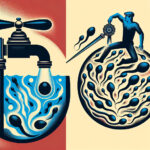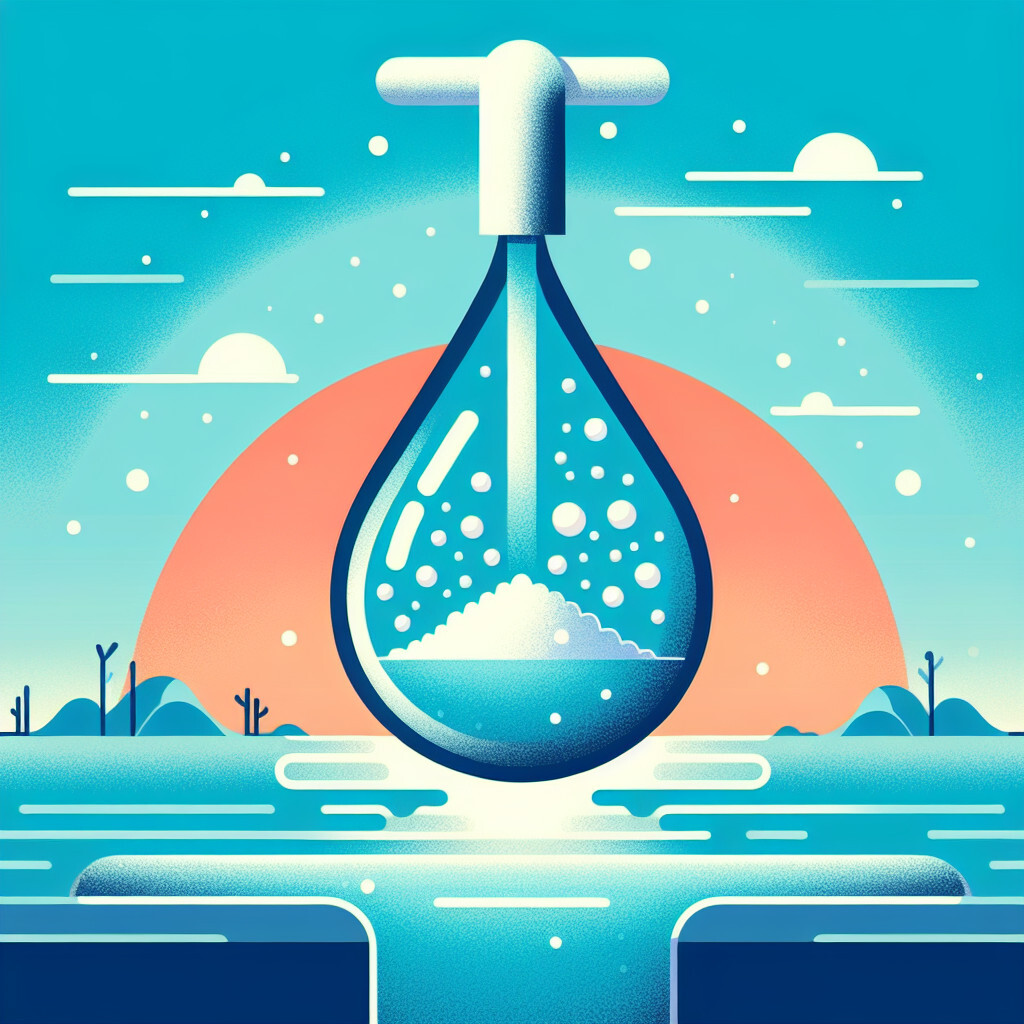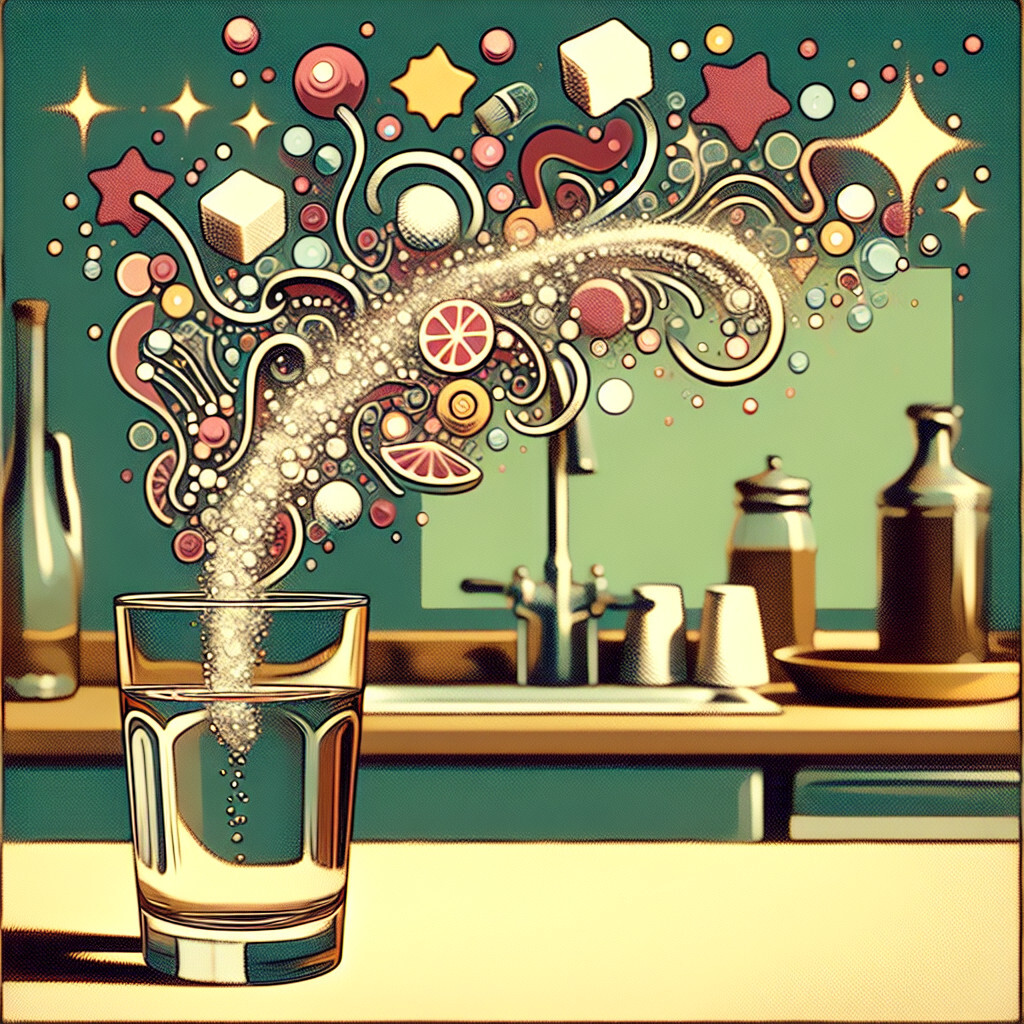-
Table of Contents
“Long Beach Tap Water: Pure, Clean, and Always Refreshing!”
Introduction

Tap water in Long Beach, California, is a crucial resource for the city’s residents, sourced primarily from local groundwater and supplemented by imported supplies. The Long Beach Water Department is responsible for its treatment and distribution, ensuring it meets or exceeds all federal and state water quality standards. The tap water undergoes rigorous testing and treatment processes to remove contaminants and ensure its safety and taste. Despite the common perception favoring bottled water, Long Beach’s tap water is an economical and environmentally friendly choice for hydration.
Understanding the Quality of Tap Water in Long Beach
Long Beach, a vibrant city in Southern California, is known for its beautiful coastline, bustling downtown, and diverse culture. However, one aspect that often goes unnoticed is the quality of its tap water. Understanding the quality of tap water in Long Beach is crucial for residents and visitors alike, as it directly impacts health and well-being.
The city’s tap water is supplied by the Long Beach Water Department, which serves approximately half a million people. The water comes from two primary sources: local groundwater and imported water. The local groundwater, which accounts for about 60% of the supply, is pumped from the Central Basin, an underground reservoir beneath the city. The remaining 40% is imported from the Colorado River and the State Water Project in Northern California.
The Long Beach Water Department takes the quality of its water very seriously. It adheres to strict standards set by the Environmental Protection Agency (EPA) and the State Water Resources Control Board. These agencies have established stringent regulations to ensure that tap water is safe for consumption. The water department conducts thousands of tests each year on the city’s tap water, checking for over 100 different contaminants, including bacteria, lead, and pesticides.
The results of these tests are published in an annual Water Quality Report. According to the most recent report, Long Beach’s tap water meets, and in many cases exceeds, all federal and state water quality standards. The report also provides detailed information about the water’s source, the types of contaminants found, and the potential health effects of those contaminants.
However, it’s important to note that while the tap water in Long Beach is generally safe to drink, individual sensitivities can vary. Some people may be more vulnerable to contaminants in drinking water than the general population. This includes people with compromised immune systems, the elderly, infants, and some pregnant women. For these individuals, it’s recommended to seek advice from healthcare providers about drinking tap water.
Furthermore, the taste of tap water can differ based on the source and treatment process. Some residents may notice a slight chlorine taste or smell in their tap water. This is because chlorine is used as a disinfectant to kill bacteria and other microorganisms. If the taste or smell is bothersome, it can usually be improved by refrigerating the water before drinking or using a water filter.
In conclusion, the tap water in Long Beach is carefully monitored and treated to ensure it meets high safety standards. The city’s water department is committed to providing its residents with clean, safe drinking water. However, individuals with specific health concerns should consult with their healthcare provider. And for those who are sensitive to the taste or smell of chlorine, simple solutions like refrigeration or filtration can enhance the drinking experience.
Understanding the quality of tap water in Long Beach is not just about knowing what’s in the water, but also about appreciating the efforts that go into ensuring its safety. It’s a testament to the city’s commitment to the health and well-being of its residents and visitors. So, the next time you turn on the tap in Long Beach, you can do so with confidence, knowing that the water you’re drinking is of high quality.
The Impact of Long Beach’s Tap Water on Health
Long Beach, a vibrant city located in Southern California, is renowned for its beautiful coastline, bustling port, and diverse culture. However, beneath the city’s picturesque facade lies a pressing concern that affects the health and well-being of its residents: the quality of its tap water. The impact of Long Beach’s tap water on health has been a topic of ongoing debate, with numerous studies highlighting potential risks associated with its consumption.
The city’s tap water is sourced from a combination of groundwater and imported water, primarily from the Colorado River and the State Water Project. While the Long Beach Water Department ensures that the water meets or exceeds all federal and state drinking water standards, concerns about its quality persist. The primary concern revolves around the presence of certain contaminants that, despite being within legal limits, may still pose health risks.
One such contaminant is lead, a toxic metal that can cause serious health problems, especially in children. While the city’s water supply does not contain lead when it leaves the treatment plant, it can leach into the water from lead-based plumbing materials. This is particularly a concern in older homes and buildings that still have lead pipes or fixtures. Even at low levels, lead exposure can result in developmental issues in children and cardiovascular problems in adults.
Another concern is the presence of disinfection byproducts (DBPs) in the tap water. DBPs are formed when the chlorine used to disinfect the water reacts with natural organic matter. Some types of DBPs, such as trihalomethanes and haloacetic acids, have been linked to an increased risk of certain types of cancer and reproductive issues. While the levels of DBPs in Long Beach’s tap water are within the legal limits, some studies suggest that long-term exposure to even low levels of these chemicals can be harmful.
Furthermore, the hardness of Long Beach’s tap water is another factor that impacts health. Hard water contains high levels of minerals like calcium and magnesium. While these minerals are not harmful to health and can even have nutritional benefits, hard water can exacerbate skin conditions like eczema and dry skin. It can also lead to the build-up of scale in pipes and appliances, which can affect their efficiency and lifespan.
In response to these concerns, the Long Beach Water Department has implemented several measures to improve the quality of the city’s tap water. These include upgrading the water treatment process to reduce the levels of DBPs and launching a lead service line replacement program. The department also provides residents with information on how to reduce their exposure to lead and other contaminants.
Despite these efforts, many residents of Long Beach choose to further treat their tap water at home using filters or other purification systems. While this can provide an additional layer of protection, it is important to remember that not all filters are created equal. Some may not effectively remove certain contaminants, while others may require regular maintenance to ensure their effectiveness.
In conclusion, while Long Beach’s tap water meets all legal standards, the presence of certain contaminants can potentially impact the health of its residents. It is therefore crucial for residents to stay informed about the quality of their tap water and take appropriate measures to ensure its safety. This includes understanding the potential risks, taking advantage of the resources provided by the city, and considering additional treatment options if necessary.
The Process of Tap Water Treatment in Long Beach
In the city of Long Beach, California, the process of tap water treatment is a complex and meticulous one, designed to ensure the safety and quality of the water that flows from every faucet. This process involves several stages, each of which plays a crucial role in removing impurities and potential contaminants, making the water safe for consumption and use.
The journey of tap water in Long Beach begins at the source. The city’s water supply primarily comes from two sources: local groundwater and imported water. The local groundwater, which accounts for about 60% of the supply, is pumped from the Central and West Coast Basins. The remaining 40% is imported from the Colorado River and the State Water Project in Northern California through the Metropolitan Water District of Southern California.
Once the water is sourced, it undergoes a rigorous treatment process. The first step in this process is coagulation and flocculation. During this stage, chemicals are added to the water that bind with the dirt and other particles, forming larger particles called ‘floc’. This floc is heavy and easily settles to the bottom of the water supply.
Following coagulation and flocculation, the water then proceeds to the sedimentation stage. Here, the water sits for a period, allowing the floc to settle at the bottom. The clear water then moves on to the next stage, filtration. During filtration, the water passes through filters of varying compositions and pore sizes, designed to remove even the smallest particles.
After filtration, the water undergoes disinfection. This is a critical stage in the treatment process, as it involves the addition of a small amount of chlorine or chloramine. This step is designed to kill any remaining bacteria, viruses, or other microorganisms that may be present in the water.
Once the water has been disinfected, it is then stored in reservoirs or water towers until it is needed. From there, it is distributed through a network of pipes to homes, businesses, and other establishments in Long Beach.
In addition to these treatment steps, the Long Beach Water Department also conducts regular testing of the water supply. This is to ensure that the water meets or exceeds all federal and state drinking water standards. The testing process involves checking for over 100 different contaminants, including lead and copper, bacteria, nitrates, and various organic and inorganic substances.
The process of tap water treatment in Long Beach is a testament to the city’s commitment to providing its residents with safe, clean water. It is a complex, multi-stage process that involves careful monitoring and control at every step. From the initial sourcing of the water, through the various stages of treatment, to the final distribution to consumers, every aspect is designed to ensure the highest quality of water.
In conclusion, the tap water in Long Beach undergoes a rigorous and thorough treatment process. This process, coupled with regular testing, ensures that the water that flows from every tap in the city is not only safe for consumption but also meets the highest standards of quality. It is a testament to the city’s commitment to the health and well-being of its residents.
Comparing Bottled Water and Tap Water in Long Beach
In the city of Long Beach, the debate between the consumption of bottled water and tap water is a topic of considerable interest. This discourse is fueled by concerns about health, cost, and environmental impact. As we delve into this discussion, it is essential to understand the unique characteristics of both sources of water and how they compare in the context of Long Beach.
Long Beach tap water, like most municipal water supplies in the United States, is subject to stringent regulations by the Environmental Protection Agency (EPA). The EPA sets legal limits on over 90 contaminants in drinking water, ensuring that tap water is safe for consumption. In Long Beach, the water department conducts regular testing and publishes annual water quality reports, providing transparency about the water’s safety and quality. The most recent report indicates that Long Beach’s tap water meets, and in many cases exceeds, federal and state water quality standards.
On the other hand, bottled water is regulated by the Food and Drug Administration (FDA), which generally follows the EPA’s lead in setting contaminant limits. However, the FDA does not require bottled water companies to disclose as much information as municipal water suppliers. This lack of transparency can make it difficult for consumers to make informed decisions about the safety and quality of bottled water.
In terms of cost, tap water in Long Beach is significantly cheaper than bottled water. According to the American Water Works Association, tap water costs less than a penny per gallon, while bottled water can cost anywhere from 240 to 10,000 times more. This cost difference can add up over time, especially for households that consume a lot of water.
The environmental impact of bottled water versus tap water is another critical factor to consider. The production and disposal of plastic water bottles contribute significantly to pollution and resource depletion. In contrast, tap water has a much lower environmental footprint, as it is delivered through an existing infrastructure and does not require single-use packaging.
However, taste and convenience are two areas where bottled water often has the upper hand. Many people prefer the taste of bottled water, and it is undeniably convenient, especially when on the go. But it’s worth noting that the perceived taste difference may be more psychological than actual, as blind taste tests have shown that many people cannot distinguish between bottled and tap water.
In Long Beach, efforts are being made to improve the taste of tap water and make it more accessible. The city’s water department has invested in advanced treatment processes to remove impurities and improve the water’s taste. Additionally, public water filling stations are being installed throughout the city, making it easier for residents to refill reusable water bottles while out and about.
In conclusion, when comparing bottled water and tap water in Long Beach, both have their pros and cons. However, considering the safety, cost, environmental impact, and ongoing efforts to improve taste and accessibility, tap water appears to be a viable and sustainable choice for most residents. As consumers, it is crucial to stay informed and make choices that align with our health, financial, and environmental values.
Q&A
1. Question: Is tap water in Long Beach safe to drink?
Answer: Yes, according to the Long Beach Water Department, the city’s tap water meets or exceeds all federal and state drinking water standards.
2. Question: Where does Long Beach get its tap water from?
Answer: Long Beach gets its tap water from two primary sources: local groundwater and imported water from the Colorado River and the State Water Project in Northern California.
3. Question: Does Long Beach tap water contain fluoride?
Answer: Yes, the tap water in Long Beach is fluoridated. The level of fluoride is maintained at the optimal level for dental health as recommended by the California Department of Public Health.
4. Question: How often is the tap water in Long Beach tested?
Answer: The Long Beach Water Department tests the city’s tap water multiple times daily to ensure it meets all health and safety standards.
Conclusion
In conclusion, tap water in Long Beach is generally safe to drink as it meets or surpasses all federal and state drinking water standards. However, the taste and quality can vary depending on the source and treatment process. It’s always advisable for residents to stay informed about their local water quality reports.






